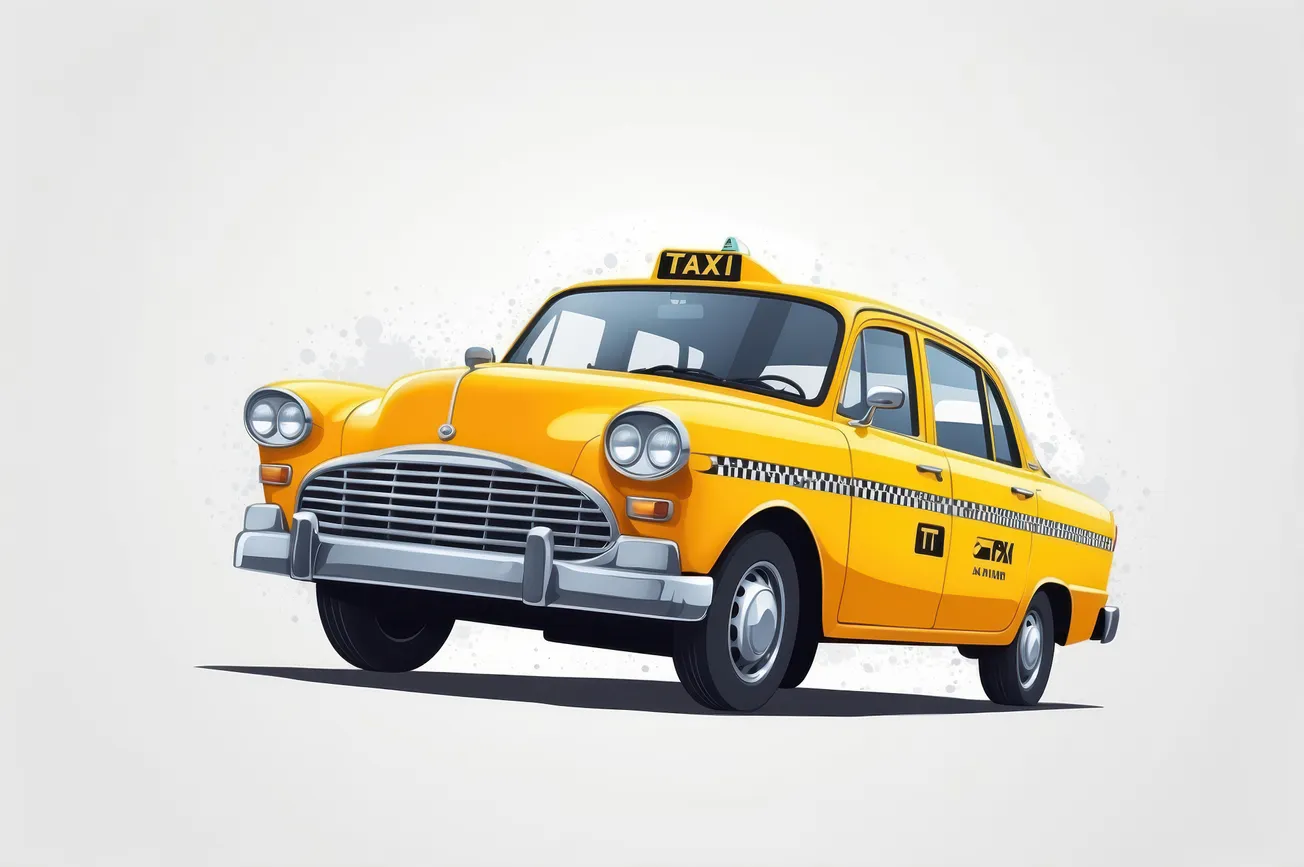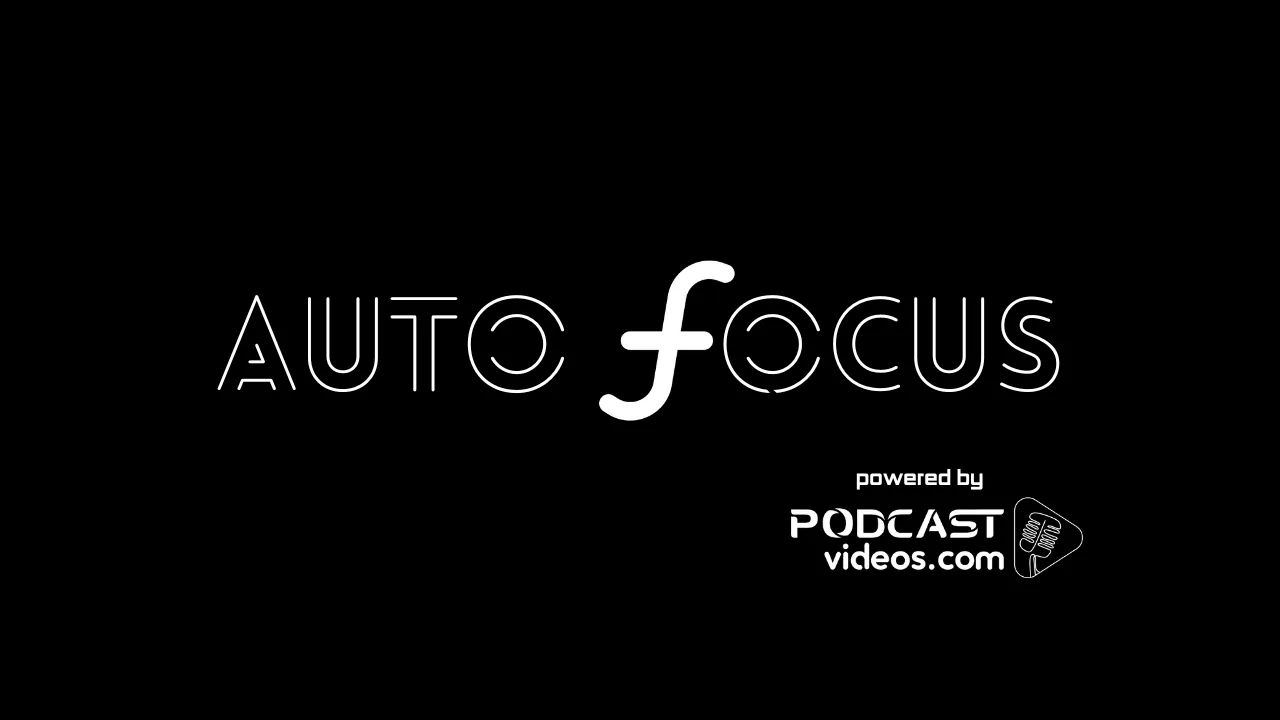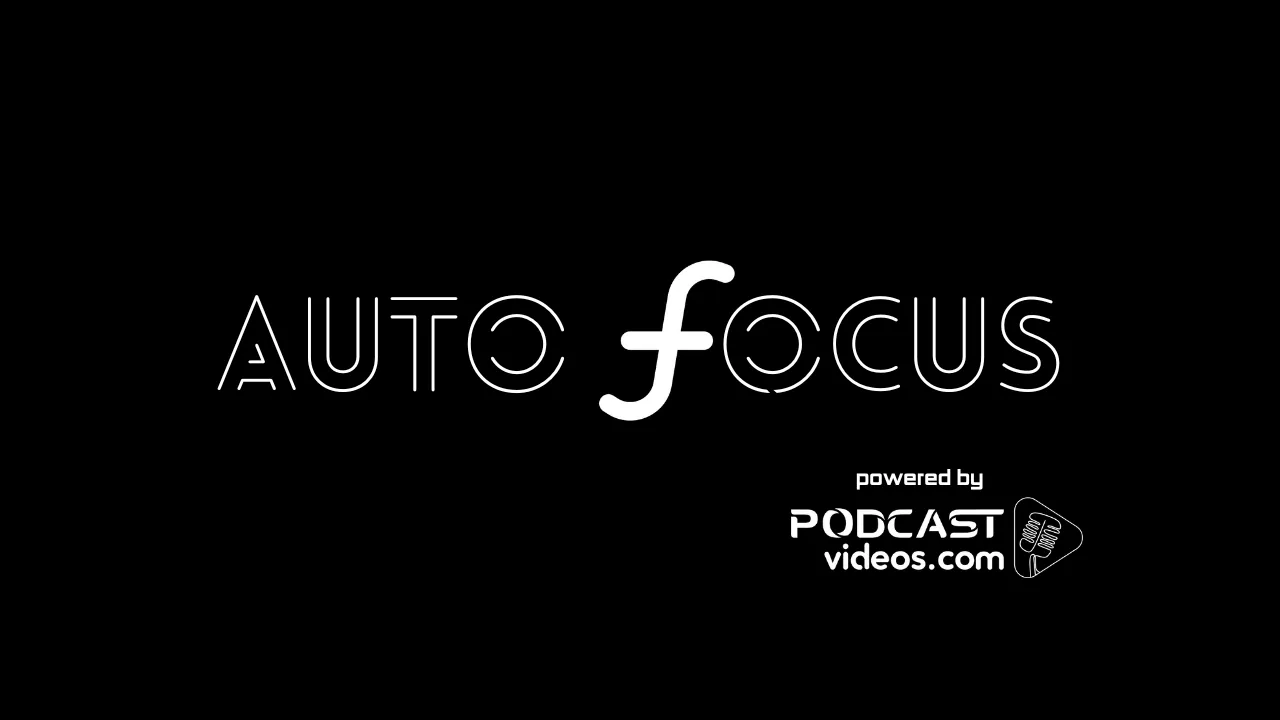Hail a... podcast?
Podeo's recent unveiling of podcast options in TV-connected taxis in the United Arab Emirates is just the latest expansion into modes of transportation.
In addition to taxis, airlines, trains, subways, buses, and even rideshare services are increasingly integrating podcasts into their entertainment systems.
Several airlines now offer podcasts as part of their in-flight entertainment systems, allowing passengers to listen to curated shows during flights. For example, Emirates has partnered with a variety of media platforms to offer a rich selection of podcasts, ranging from news and storytelling to lifestyle content. Passengers can tune into these programs directly from their seatback screens or personal devices.
Public transportation systems are also tapping into the podcast trend. Commuters on trains and subways often have extended periods of time to fill during their rides, and podcasts are becoming an ideal solution.
Some subway systems in major cities are piloting programs where digital screens display podcast recommendations or offer QR codes that commuters can scan to access content directly on their smartphones.
Cities like New York and London are exploring ways to offer free Wi-Fi access that could facilitate more traditional podcast streaming for their millions of daily commuters as well.
Ride-hailing services like Uber and Lyft are incorporating podcasts into their apps, providing passengers with entertainment options while en route to their destinations. Uber, for instance, has explored partnerships with media companies to offer in-app podcast experiences, allowing users to listen during rides, transforming an otherwise idle commute into a productive or entertaining session.
In some urban areas, buses are being equipped with digital media systems that allow passengers to listen to curated podcasts during their commutes. As more public transportation systems adopt Wi-Fi services, bus commuters can stream podcasts directly through their mobile devices.
The concept of mobile billboards, used for transit advertising, is expanding to feature podcast-related content, driving engagement with commuters.
Micro-mobility options such as electric scooters and bike-sharing services are not directly integrating podcasts, but users frequently pair these services with personal podcast listening through headphones, enhancing the experience.
While urban areas have taken the lead in integrating podcasts into transportation, rural regions are starting to adopt similar strategies through rideshare services and long-haul bus systems.
Podcasts are especially popular among commuters. Research from the Pew Research Center and Edison Research shows that podcast consumption is highest among people during their commutes.
A significant portion of podcast listeners tune in during daily commutes, whether by car, public transportation, or walking.
This rise in consumption is fueled by the convenience of mobile devices, on-demand streaming services, and the diversity of podcast genres, which cater to both short and long-form content preferences.
In terms of demographics, commuters in urban centers are particularly inclined to listen to podcasts, with popular genres including news, business, and storytelling. With advancements in transit technology, transportation systems now provide a perfect opportunity to capitalize on this growing trend, creating a more engaging experience for riders.
As transportation continues to innovate with digital technology and real-time content integration, podcasts will likely become an even more ubiquitous part of the commuting experience. The benefits of this are twofold: enhancing the passenger experience while offering creators and advertisers new opportunities to reach highly engaged audiences.










